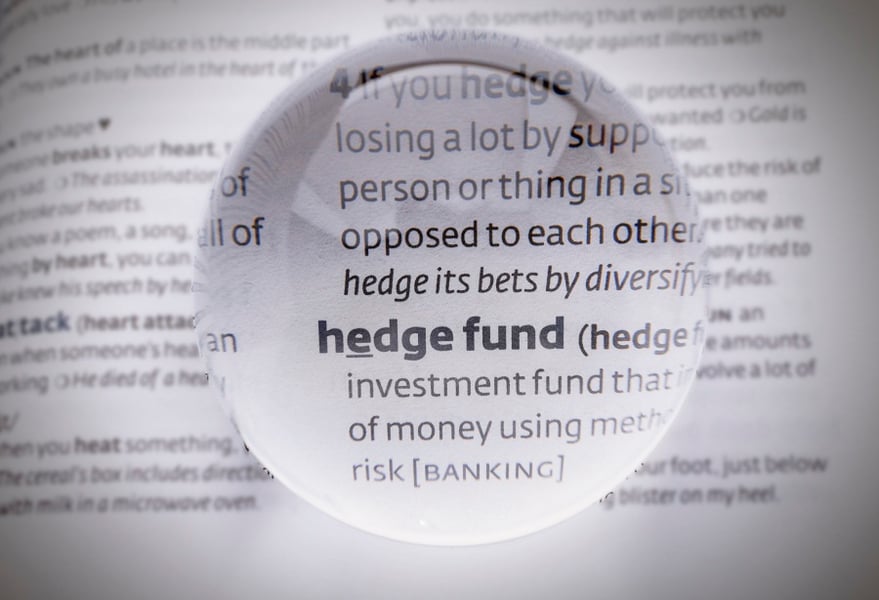It's far from an official marketing slogan, but Tom Kolefas, manager of the $5.5 billion TIAA-CREF Mid-Value Fund (TIMVX), likes to refer to the portfolio he has been managing since 2004 as a “poor man's hedge fund.”
Like a lot of managers in the mid-cap space, Mr. Kolefas speaks almost defensively while making the case for why more investors should be gobbling up exposure to the risk-reward niche between lumbering large-cap stocks and the more volatile small-cap stocks.
“The category in general has been strong over a long period of time because it's at the intersection of a lot of things,” he said. “The qualities that we look for when buying a stock are the same things that a hedge fund or a strategic buyer or an activist investor would look for.”
Evidence that Mr. Kolefas is on the same page of some hedge fund strategies is found in the fact that seven of his portfolio companies were acquired this year and 12 have been acquired over the past 12 months.
“It's not a coincidence that we've had a lot of takeovers in this fund,” he said. “The average person cannot get a hedge fund to run money for them, but we give you that kind of exposure, and I think the mid-cap category in general gives you that kind of exposure.”
In researching companies with market capitalization between $1 billion and $20 billion, Mr. Kolefas focuses heavily on strong balance sheets and free cash flow.
STAYING OUT OF TROUBLE
“We learned during the credit crisis, that you don't get into a lot of trouble when you've got a good balance sheet,” he said.
Once a stock's intrinsic value has been determined, Mr. Kolefas will look for catalysts that could drive the stock price toward that value.
In a
January research report on the fund by Morningstar Inc., analyst Gretchen Rupp criticized the strategy for sticking too close to its benchmark, in terms of sector weightings.
Ms. Rupp calculated the fund's active share, or divergence from the benchmark, at a relatively low 61%, but she also gave the fund credit for upping the active share to 70% during the
financial crisis.
Mr. Kolefas doesn't apologize for his sector weightings, and adds that his range of 5 percentage points above or below the sector weights of the
Russell Mid-Cap Value Index is not a small variation.
EXPOSURE TO ENERGY
In fact, the portfolio currently has 8.5% exposure to the energy sector, which is 4.5 percentage points higher than the index.
“It's about supply and demand in the energy sector,” he said. “We believe we'll get back to $75 or $80 oil before anyone realizes it.”
The fund is also underweight financial sector stocks with a 29% weighting, compared with 32.5% for the benchmark, which is guarding against higher interest rates.
Mr. Kolefas prefers to let the fund's performance do the talking when it comes to challenges of his proximity to benchmarks.
“I would characterize it as, we're cognizant of the benchmark and we're giving our shareholders better returns than the benchmark,” he said.
So far this year, the fund is up 4.2%, versus a 2.4% gain for the Russell Mid-Value Index, a 2.8% gain for the S&P 500 Index and a 4% advance for the Morningstar category average.
“This is a fund that is designed to be a little more defensive than you'll typically find in a mid-cap value fund,” Mr. Kolefas added. “What we're saying to our investors is that when we're wrong we're not going to blow up on you.”







